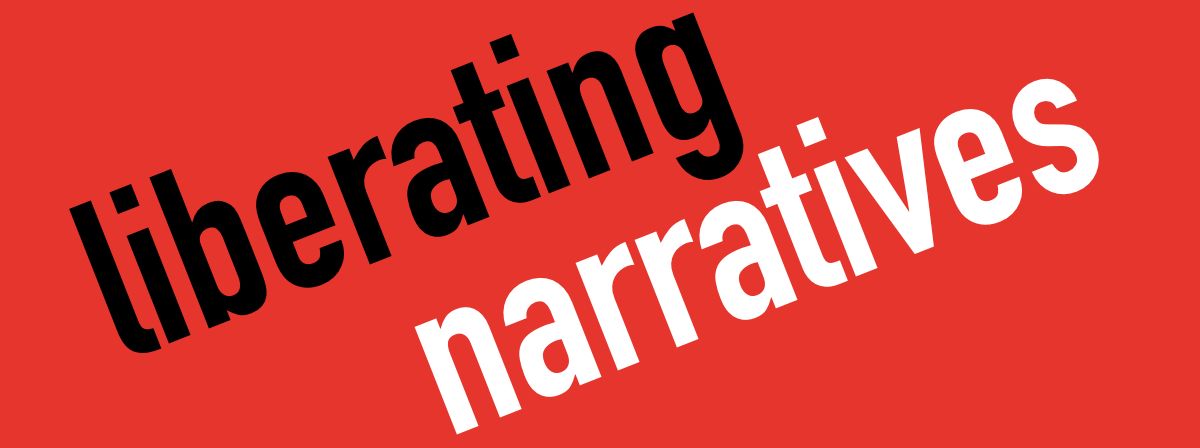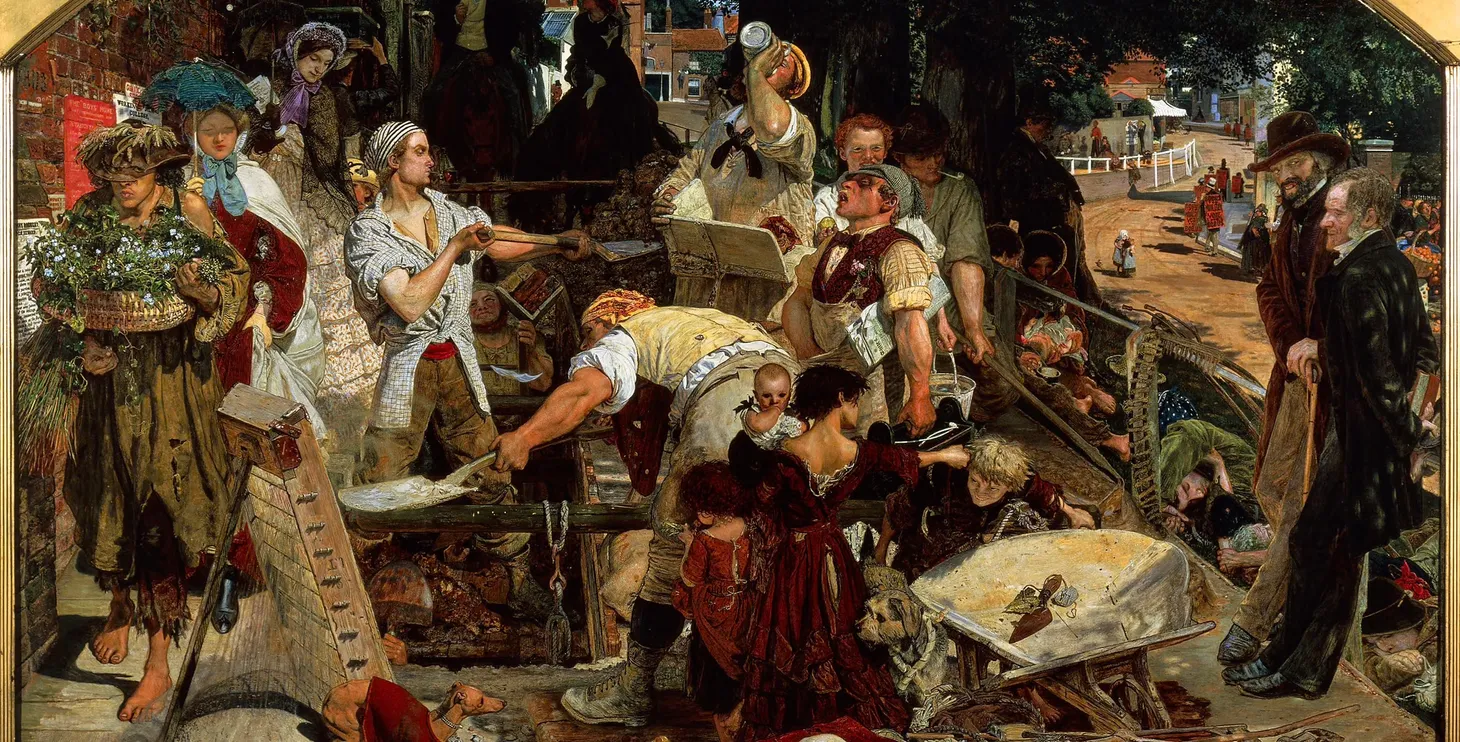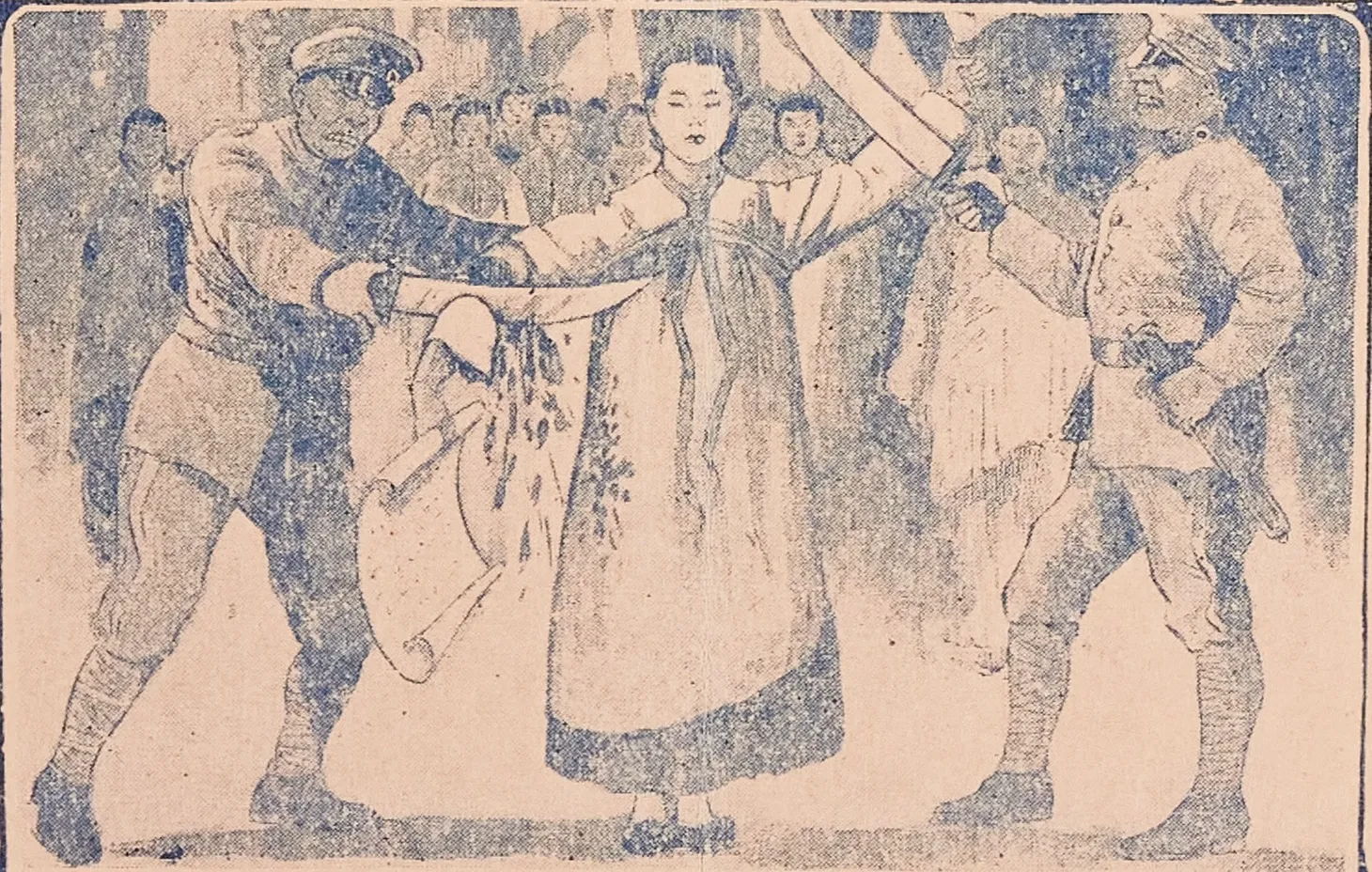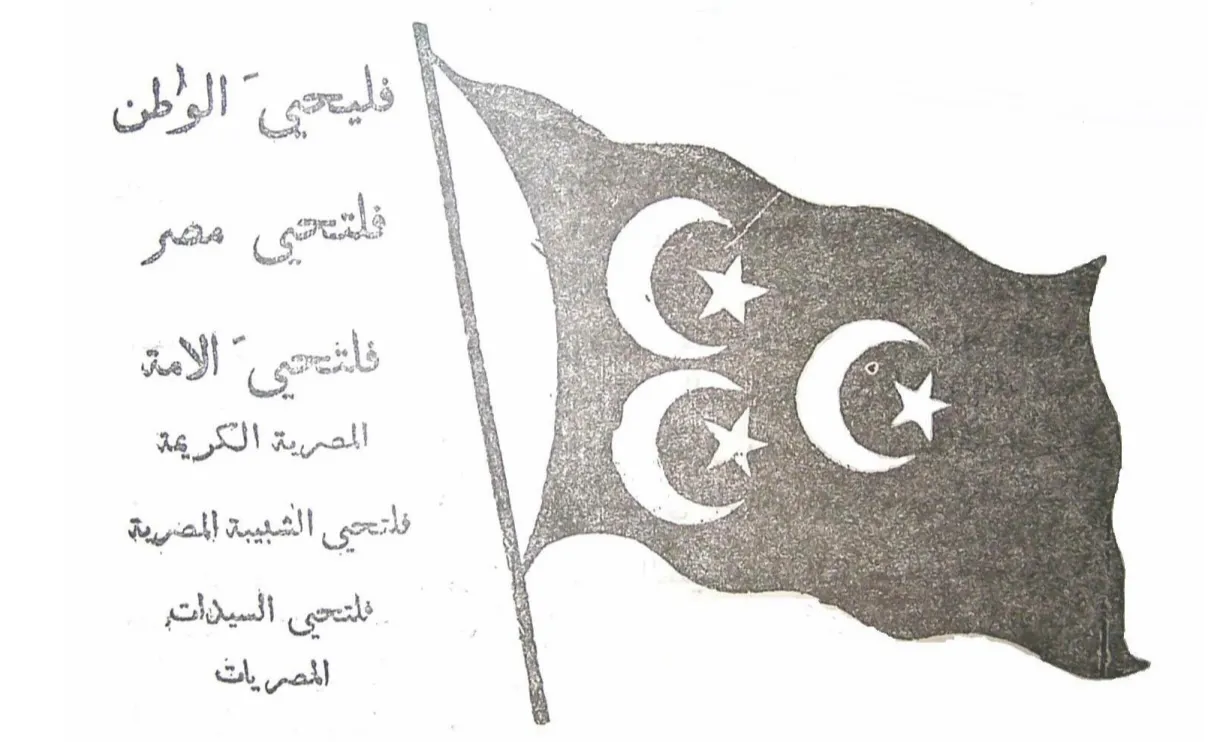“Rid Ourselves of the Vampire”: The Irish Fight for Independence and Its Global Impact
Discussion of teaching the Irish Revolution as part of the origins of decolonization
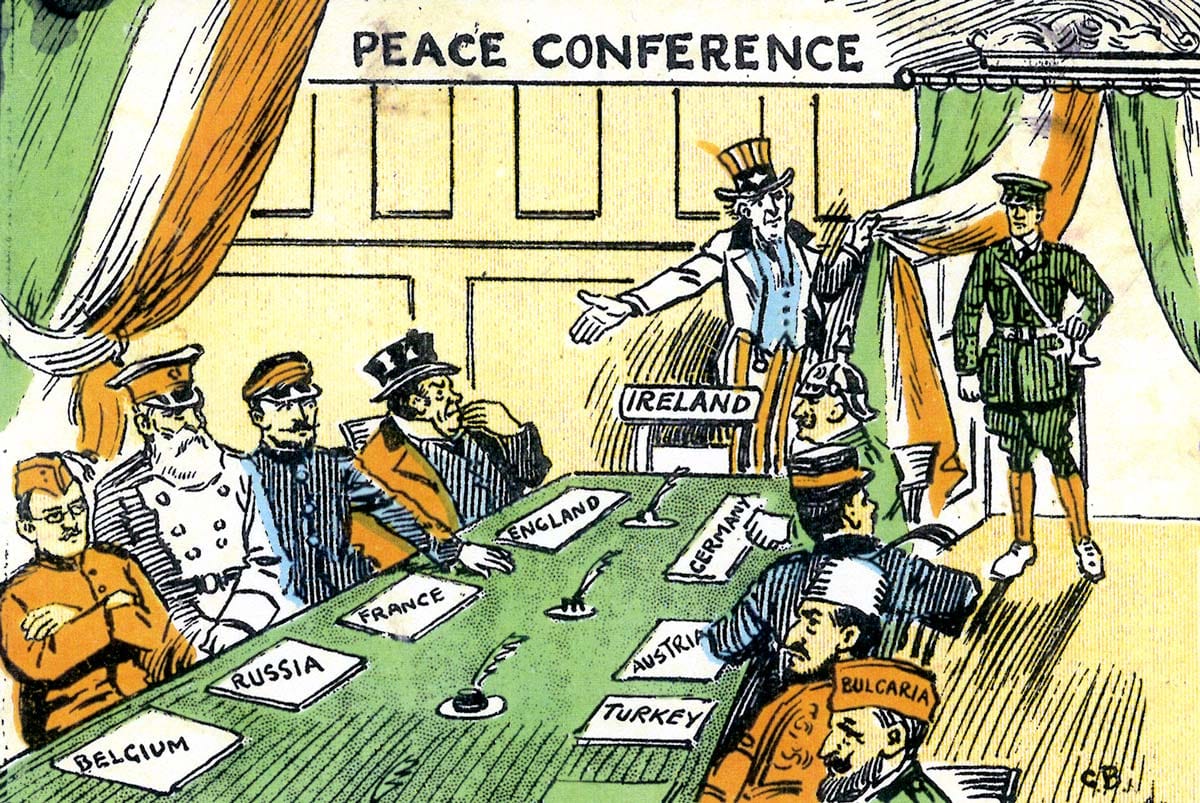
After an early morning arrival in Dublin, I spent my first day walking around the city. As I walked through Saint Stephen’s Green, I surprisingly discovered a statue of Rabindranath Tagore, the Indian philosopher and reformer. Tagore is one of my favorite Indian writers because of his appeals to peoples’ shared humanity and his critiques of nationalism. As I sat there looking at the stature, I began thinking about Ireland and India’s parallel histories of colonialism.
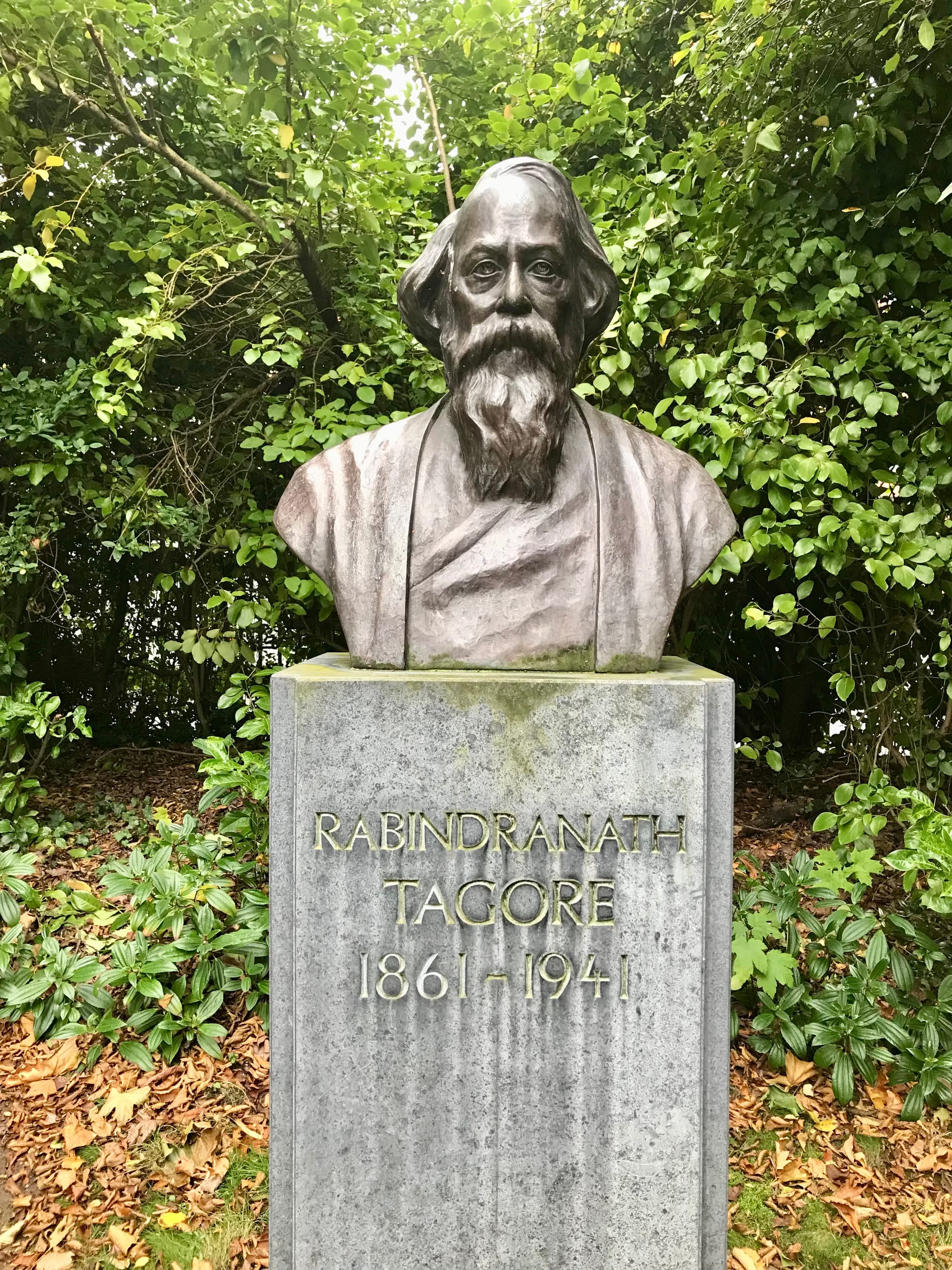
World history textbooks are often organized geographically. Ireland, as a part of Europe, is usually discussed separately from Asia and Africa. Despite the English having colonized Ireland for centuries, we often don’t include that story of colonization in the chapter on nineteenth-century New Imperialism. The fight to end empire in Ireland isn’t typically included in the chapter on decolonization. This geographic approach often means that many students don’t think of Ireland as a former colony. For them, Ireland is just another state in Europe.
However, for colonized people living in the 1910s, Ireland was very much a colony. In Toward Freedom: The Autobiography of Jawaharlal Nehru, he described being at a national gathering in December 1916 and how the East Rising inspired him:
I remember being moved also, in those days after the Lucknow Congress, by a number of eloquent speeches delivered by Sarojini Naidu (Indian nationalist) in Allahabad. It was all nationalism and patriotism, and I was a pure nationalist, my vague socialist ideas of college days having sunk into the background. Roger Casement's (one of the leaders of the Easter Rising) wonderful speech at his trial in 1916 seemed to point out exactly how a member of a subject nation should feel. The Easter Week rising in Ireland by its very failure attracted, for was that not true courage which mocked at almost certain failure and proclaimed to the world that no physical might could crush the invincible spirit of a nation?
When we think about emphasizing 1919 and the twentieth-century global fight against imperialism, we need to include Ireland in this story. Like the Chinese, Egyptians, Indians, and Koreans, the Irish also framed their fight in terms of self-determination. The Irish struggle for independence inspired other colonized people. By highlighting these connections, we can start to shake up some of the geographic rigidness that influences our understanding and teaching of world history.
The Irish Revolution as a Global Event
This content is for Paid Members
Unlock full access to Liberating Narratives and see the entire library of members-only content.
SubscribeAlready have an account? Log in
